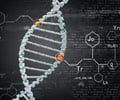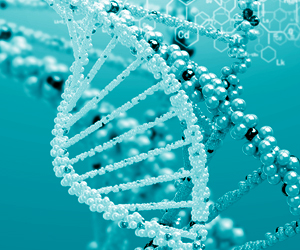The sex chromosome that only males carry is deteriorating and could disappear within a few million years, new research has warned.
Scientists at Penn State University (PSU) found that the male Y chromosome evolved at a much more rapid pace than X chromosome, which both males and females carry.This rapid evolution of the Y chromosome has led to a dramatic loss of its genes at a rate that could eventually lead to its disappearance.
The team includes Kateryna Makova, associate professor who led the research and National Science Foundation graduate research fellow Melissa Wilson.
"There are three classes of mammals. Egg-laying mammals, like the platypus and the echidna; marsupials, like the opossum and the wallaby; and all other mammals - called eutherians - which include humans, dogs, mice, and giraffes. The X and Y chromosomes of marsupials and eutherians evolved from a pair of non-sex chromosomes to become sex chromosomes," Makova said.
Humans have 23 pairs of chromosomes, which are the structures that hold our DNA, but just one pair of these chromosomes are sex chromosomes.
"In eutherian mammals, the sex chromosomes contain an additional region of DNA whereas, in the egg-laying mammals and marsupials, this additional region of DNA is located on the non-sex chromosomes," said Makova.
"Today, the human Y chromosome contains less than 200 genes, while the human X chromosome contains around 1,100 genes," said Wilson.
"We know that a few of the genes on the Y chromosome are important, such as the ones involved in the formation of sperm, but we also know that most of the genes were not important for survival because they were lost, which led to the very different numbers of genes we observe between the once-identical X and Y," the expert added.
Although some of the genes on the Y chromosome have been maintained, most of them have died, and the team found evidence that some others are on track to disappear as well.
"Even though some of the genes appear to be important, we still think there is a chance that the Y chromosome eventually could disappear," said Makova.
"If this happens, it won't be the end of males. Instead, a new pair of non-sex chromosomes likely will start on the path to becoming sex chromosomes," the researcher added.
These findings were published in the Friday issue of PLoS Genetics.
Source-ANI
RAS














